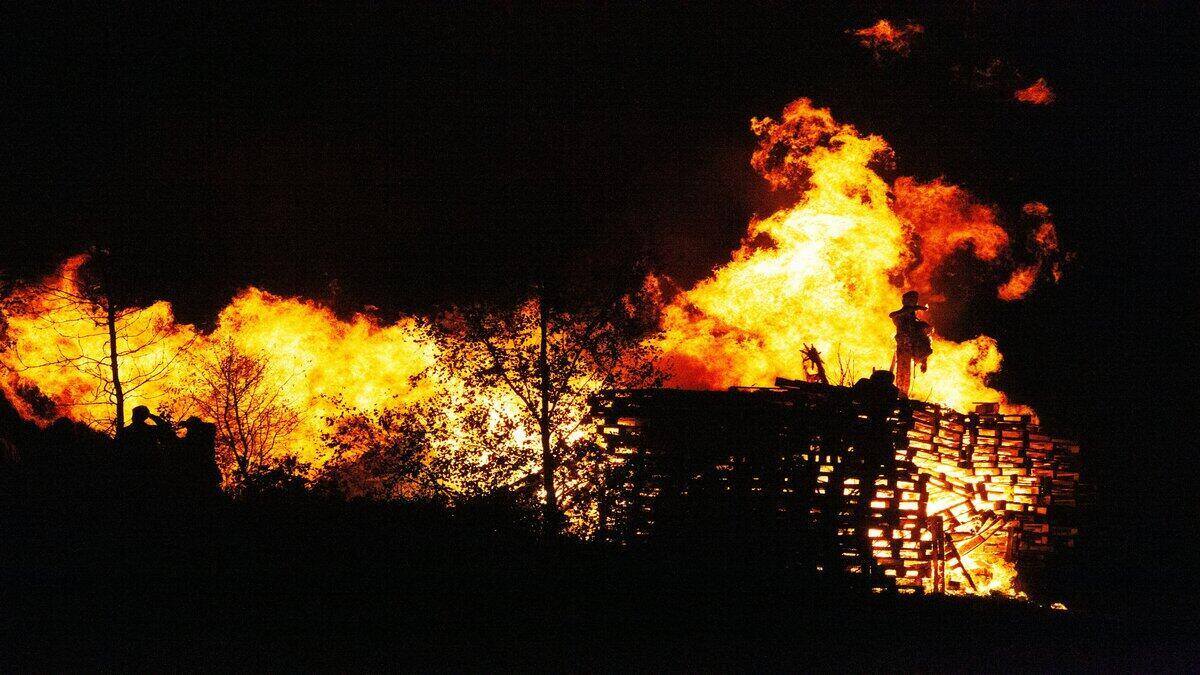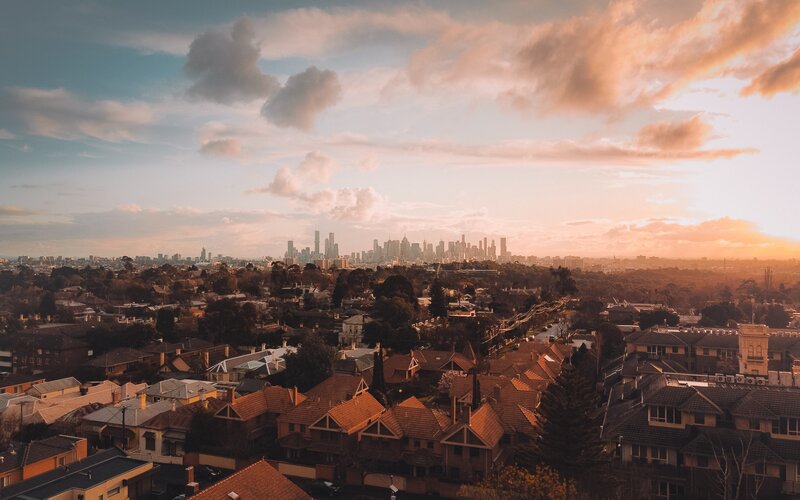In the private sector, base pay packets rose 0.8% over the December quarter - the public sector also saw a 0.7% rise.
However, consistent with the September quarter 2022, annual wage growth in the private sector (3.6%) has remained significantly higher than the public sector (2.5%).
ABS Head of Prices Statistics Michelle Marquardt said the lift in hourly wage rates was higher than any December quarter increase across the past decade.
“This follows on from the September and June 2022 quarters which were also higher than their comparable quarters back to 2012,” Ms Marquardt said.
“In combination these quarterly increases have resulted in the highest annual growth in hourly wages since December quarter 2012.”
The accommodation and food services industry saw one of the higher rates of quarterly wage growth, up 1.7%.
Meanwhile, the administrative and support services industry reported a modest 0.3% rise.
Annual wage growth also varied by industry, with the wholesale trade sector recording its highest annual rate of growth since December quarter 2012, increasing 4.2%.
The result was softer than had been anticipated by economists, who forecast a 3.5% annual increase and 1% quarterly increase.
NAB Currency Strategist Rodrigo Catril said wage data is key to the RBA’s decision making on interest rates and whether it is affecting the rate of inflation.
“The RBA has already noted that price-wage persistence and the risks of a shift in wage and price setting behaviour could see the economy 'knocked off that narrow path' to a soft landing," Mr Catril said.
“An upward surprise to today’s WPI could push the RBA to move deeper into restrictive territory to be able to forecast a more material softening in the labour market."
Last week at a senate committee, RBA Governor Dr Philip Lowe said the central bank wants to avoid wages growth triggering further inflation, despite real wages being at a decade-low, which could trigger further rate hikes.
“How far we have to go up – I don’t know. It’s going to depend upon the inflation data, the resilience of spending, the strength of the global economy and what’s happening with growth and wages,” he said.
Minutes from the latest monetary policy meeting hinted that board members forecast about two to three more rate hikes.
Despite the improvement in wages, elevated inflation continues to erode gains in worker pay.
The Consumer Price Index (CPI) rose at an annual pace of 7.8% in the December quarter, meaning that base pay growth was less than half the rise in living costs as measured by CPI.
The gap between wages and prices now stands at 4.5%, the largest gap since the ABS started compiling WPI data in 1998.
However, market economists along with the RBA believe inflation is likely to have peaked last year and is expected to return to the target range (2-3%) over coming years.
Adjusted for inflation, Australia wages have fallen by 4.2% over the past year and 6.8% from their peak.
— Callam Pickering (@CallamPickering) February 22, 2023
They are at their lowest level since 2011 #ausbiz #auspol pic.twitter.com/dn0n7J6sj1
When will wage growth peak?
Here are the forecasts by the major banks:
- RBA - Growth in the wage price index will peak at 4.25% in late 2023.
- Westpac - Wage inflation will peak at 4.5% in late 2023, which is consistent with the low in unemployment.
- NAB - Wage growth is expected to reach around 4% by end 2023 before easing off as unemployment rises.
However with this latest data, Westpac economists said there is downside risk to their forecast.
Image by Pylyp Sukhenko via Unsplash





 Rachel Horan
Rachel Horan
 Jacob Cocciolone
Jacob Cocciolone


